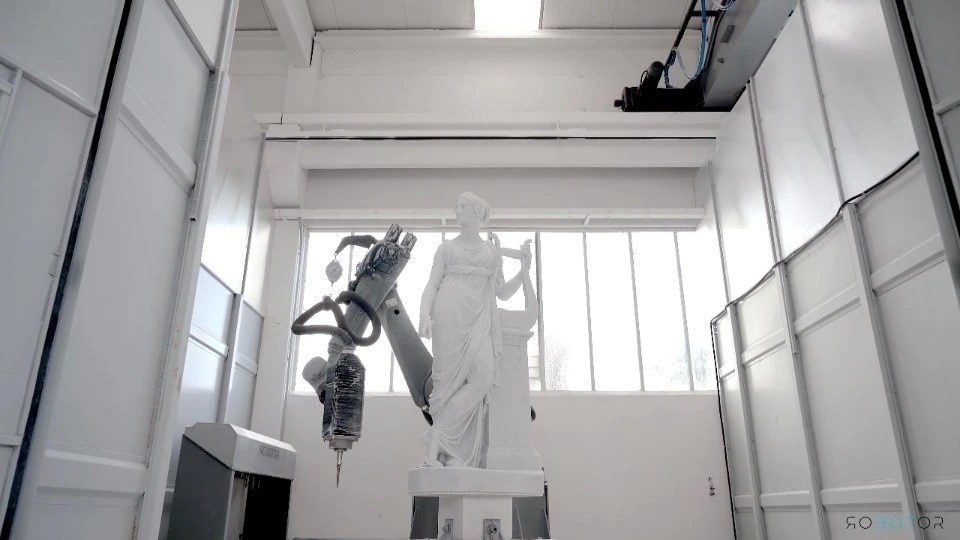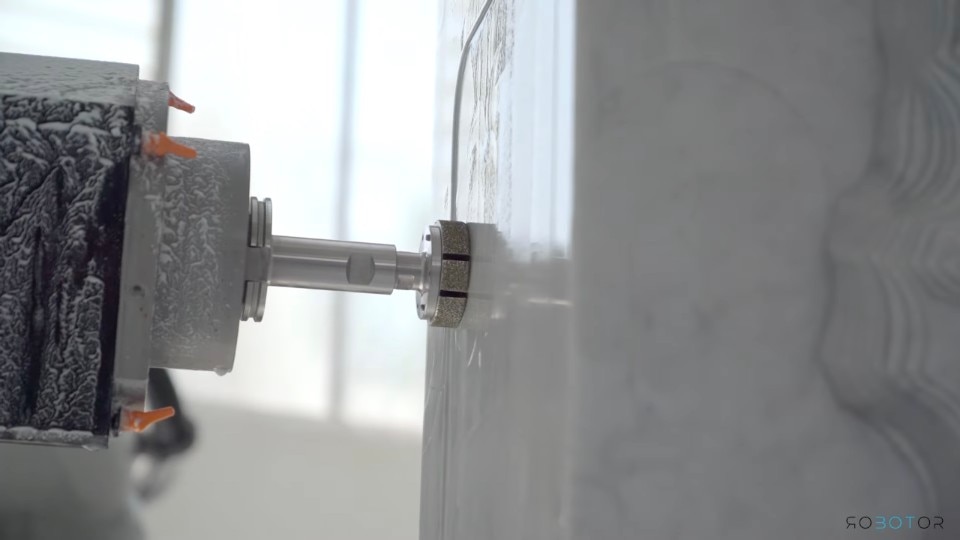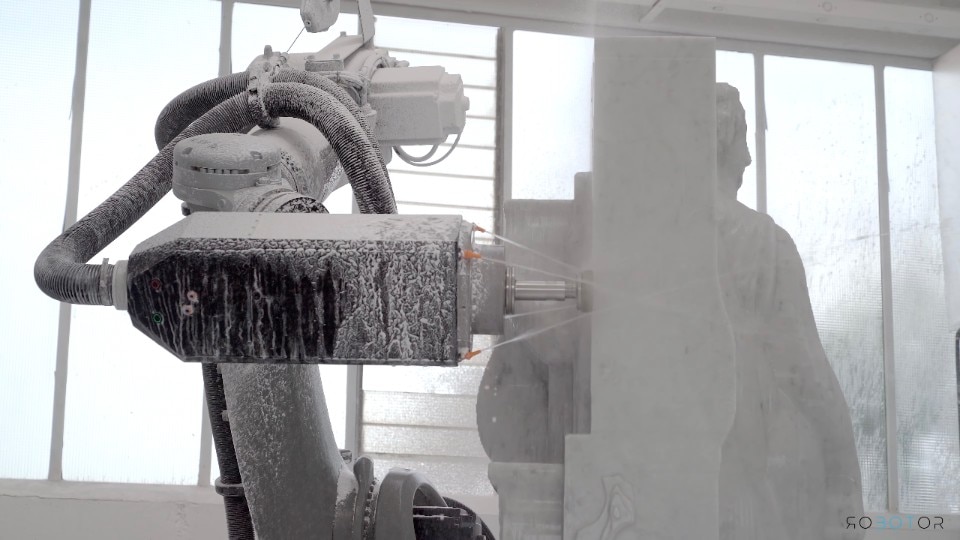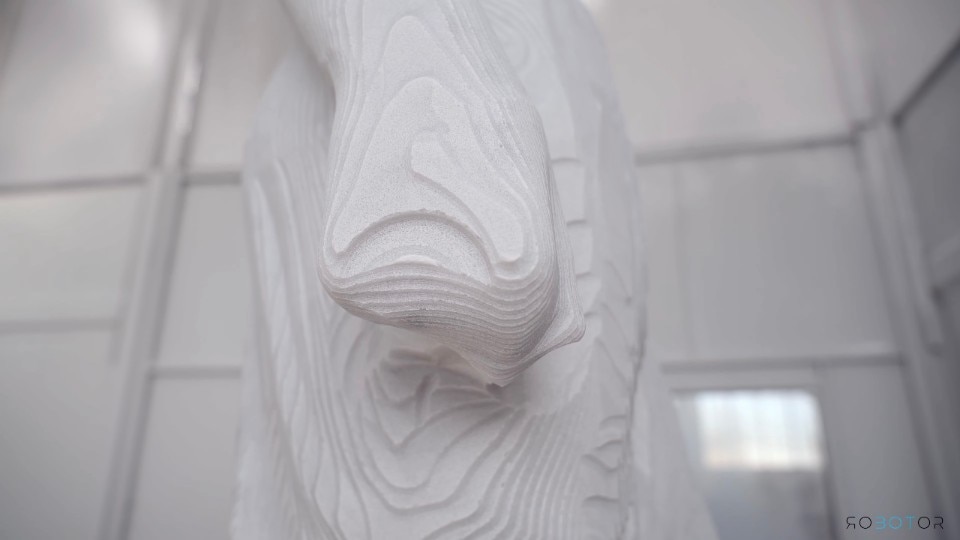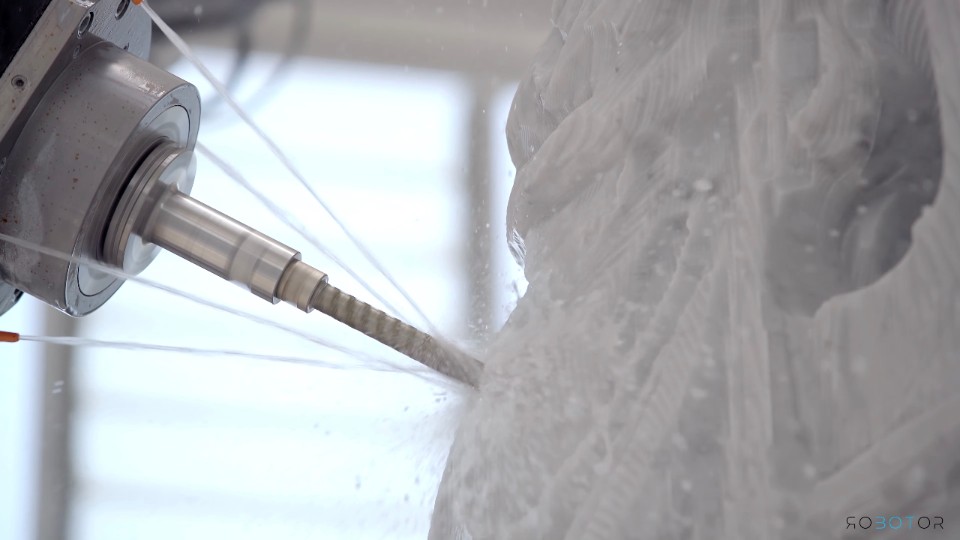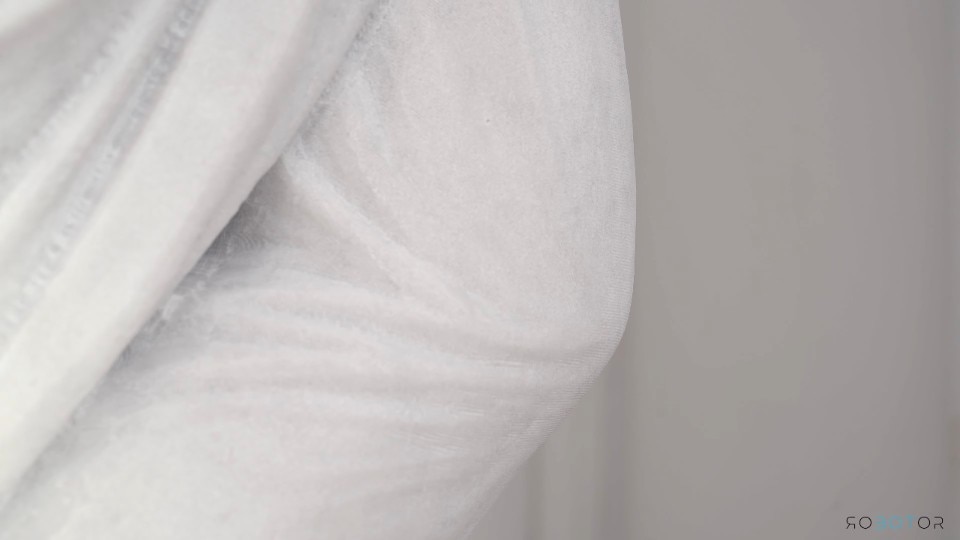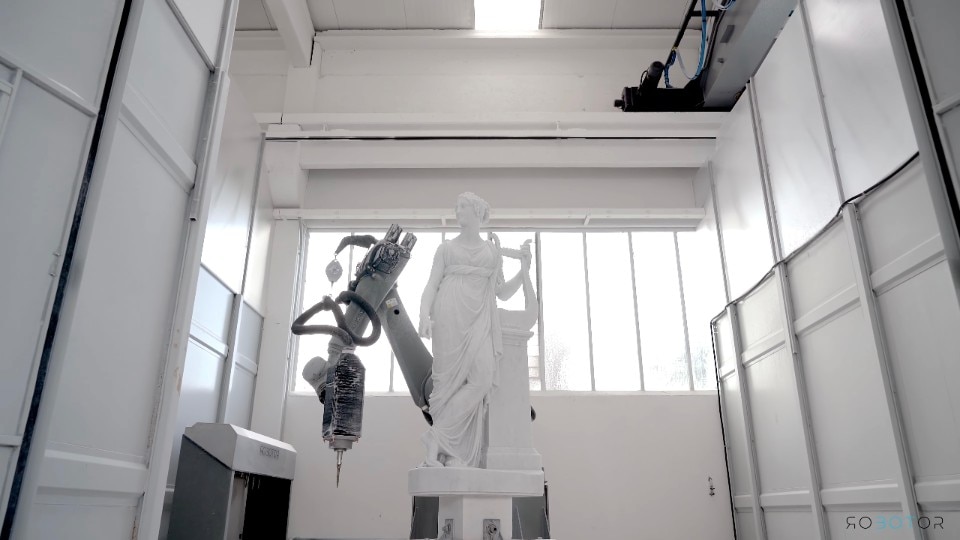Sculpting marble is a tiring, risky and dangerous activity. Or at least that's what it used to be before the advent of robotic arms that can reproduce statues and sculptures starting from 3D models and scan.
One such robot is called Robotor and is currently operated in Massa Carrara, Italy, by Filippo Tincolini and Giacomo Massari's TorArt contemporary art studio.
After analyzing the material it will sculpt, the Robotor robotic arm can reproduce a statue from start to finish based only on the input of a detailed 3D model. More interestingly, the interaction between experienced users and the machine during the carving can augment the artistic process and create a new way of sculpting marble.
According to Massari and Tincolini, Robotor has turned sculpture from an experience of "broken stones, chisels, and dust" into one where "scans and draws" play a central role.
"It was in the heart of the quarrying district of Carrara, the very same that produced the prized marble which Michelangelo used to carve his statues," wrote the two co-founders, "that our company developed an advanced solution drawing on research and interaction between art, the local area, tradition and technology."
TorArt's custom OR-OS firmware enables the robot's real-time programming, and it's been developed explicitly for commanding Robotor during the carving process. While Robotor reduces sculpting time and the human effort required, the machine still requires a sizeable number of hours to complete and polish a statue. To make a copy of Antonio Canova's Terpsichore as shown in the company's promotional videos, for example, Robotor worked on a block of Bianco Carrara marble for about twelve days.
To make Terpsichore, Canova first realized a chalk model of the statue and subsequently sculpted the marble by transferring the proportions using a compass.
In a way, the initial process for carving a new statue is not that different even today. The only difference is that, instead of using a squadron of young apprentices to complete the heavy work, the 21st century Canovas can 3D-model on their computers and have a safe, fast, and hi-tech robotic stonemason do the heavy lifting for them.


